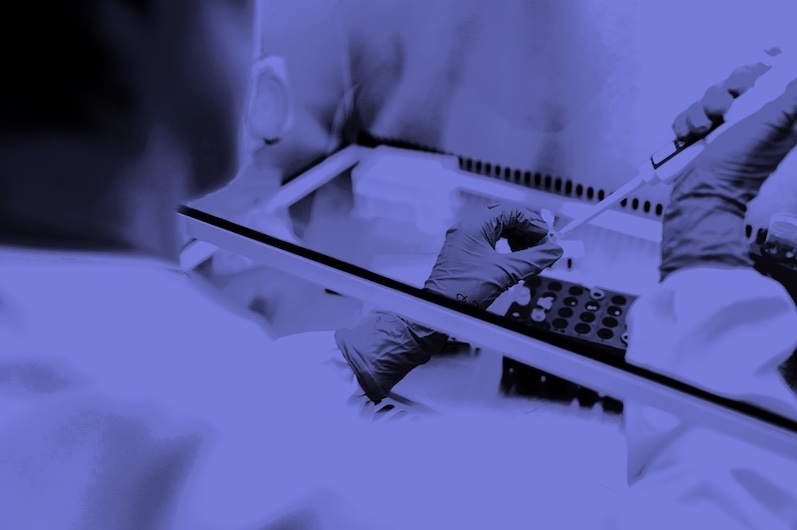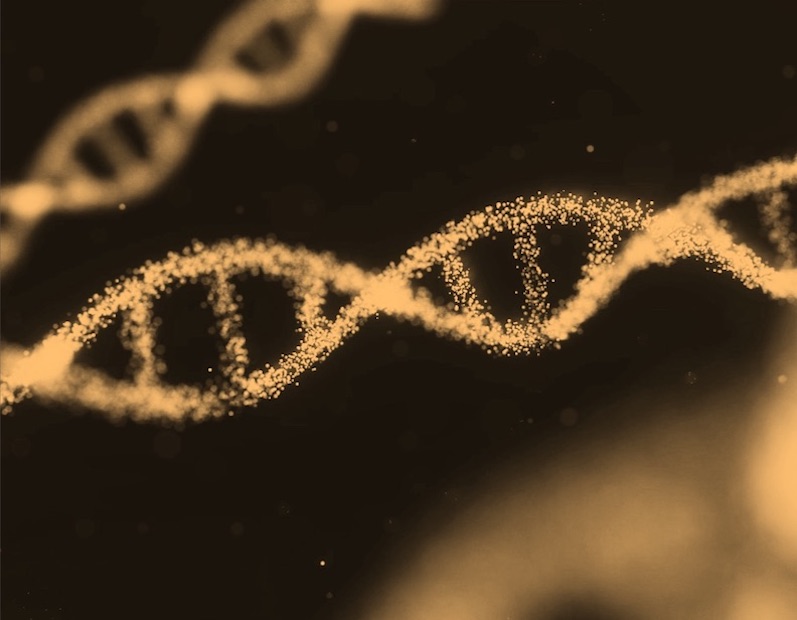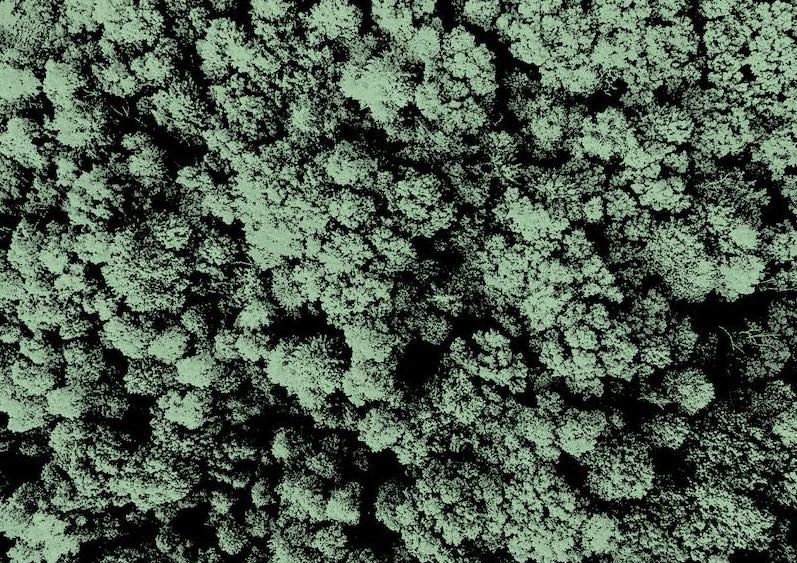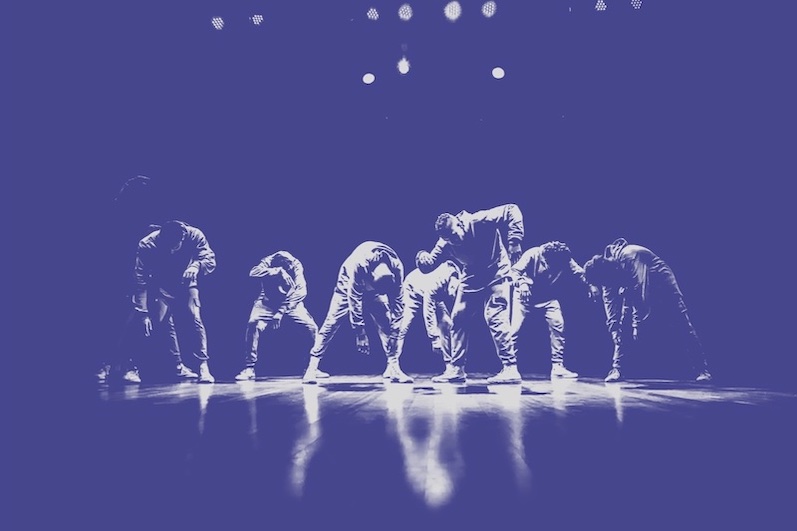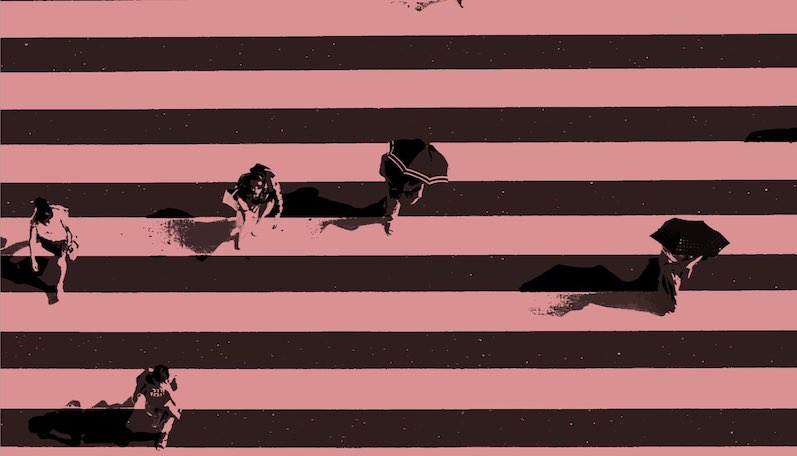What is it about?
The emergence of photo editing applications, like Adobe Photoshop, has manipulated the operation of digital images into a simple task. However, these manipulations of images misrepresent the content of the original image for misleading the public. Various copy move forgery detection techniques are developed, but these show less robustness on the image with noise and blurring. This article develops an optimization-driven deep learning technique for image forgery detection. The purpose is to develop a copy-move image forgery detection technique using a deep neuro-fuzzy network and a newly developed optimization algorithm. Here, adaptive partitioning is adapted using a rectangular search for splitting the image into different parts. In addition, the features like local Gabor XOR pattern and Texton features are extracted from the partition. Furthermore, the forgery is detected using the deep neuro-fuzzy network. Finally, the deep neuro-fuzzy network training is performed using the proposed multi-verse invasive weed optimization (MVIWO) technique. The proposed MVIWO method will be newly designed by integrating the multi-verse optimizer and invasive weed optimization technique. Thus, the copy-move image forgery detection is effectively performed using the proposed MVIWO-based deep neuro-fuzzy network. The developed MVIWO-based deep neuro-fuzzy network offers superior performance with the highest specificity of 93.54%, highest accuracy of 94.01%, and highest sensitivity of 97.75%.
Featured Image
Why is it important?
The emergence of photo editing applications, like Adobe Photoshop, has manipulated the operation of digital images into a simple task. However, these manipulations of images misrepresent the content of the original image for misleading the public. Various copy move forgery detection techniques are developed, but these show less robustness on the image with noise and blurring. This article develops an optimization-driven deep learning technique for image forgery detection. The purpose is to develop a copy-move image forgery detection technique using a deep neuro-fuzzy network and a newly developed optimization algorithm. Here, adaptive partitioning is adapted using a rectangular search for splitting the image into different parts. In addition, the features like local Gabor XOR pattern and Texton features are extracted from the partition. Furthermore, the forgery is detected using the deep neuro-fuzzy network. Finally, the deep neuro-fuzzy network training is performed using the proposed multi-verse invasive weed optimization (MVIWO) technique. The proposed MVIWO method will be newly designed by integrating the multi-verse optimizer and invasive weed optimization technique. Thus, the copy-move image forgery detection is effectively performed using the proposed MVIWO-based deep neuro-fuzzy network. The developed MVIWO-based deep neuro-fuzzy network offers superior performance with the highest specificity of 93.54%, highest accuracy of 94.01%, and highest sensitivity of 97.75%.
Perspectives
The development of an optimization-driven deep learning technique signifies a notable advancement in the field of digital forensics. By using a deep neuro-fuzzy network combined with a newly developed multi-verse invasive weed optimization (MVIWO) technique, this method pushes the boundaries of current digital image forgery detection capabilities. The application of artificial intelligence (AI) through deep learning and fuzzy logic, coupled with innovative optimization algorithms, represents a cutting-edge approach to solving complex problems. This integration enhances the robustness and efficiency of forgery detection, particularly in challenging conditions such as noisy or blurred images.
Balajee Maram
SR University
Read the Original
This page is a summary of: Adaptive partitioning‐based copy‐move image forgery detection using optimal enabled deep neuro‐fuzzy network, Computational Intelligence, November 2021, Wiley,
DOI: 10.1111/coin.12484.
You can read the full text:
Contributors
The following have contributed to this page
